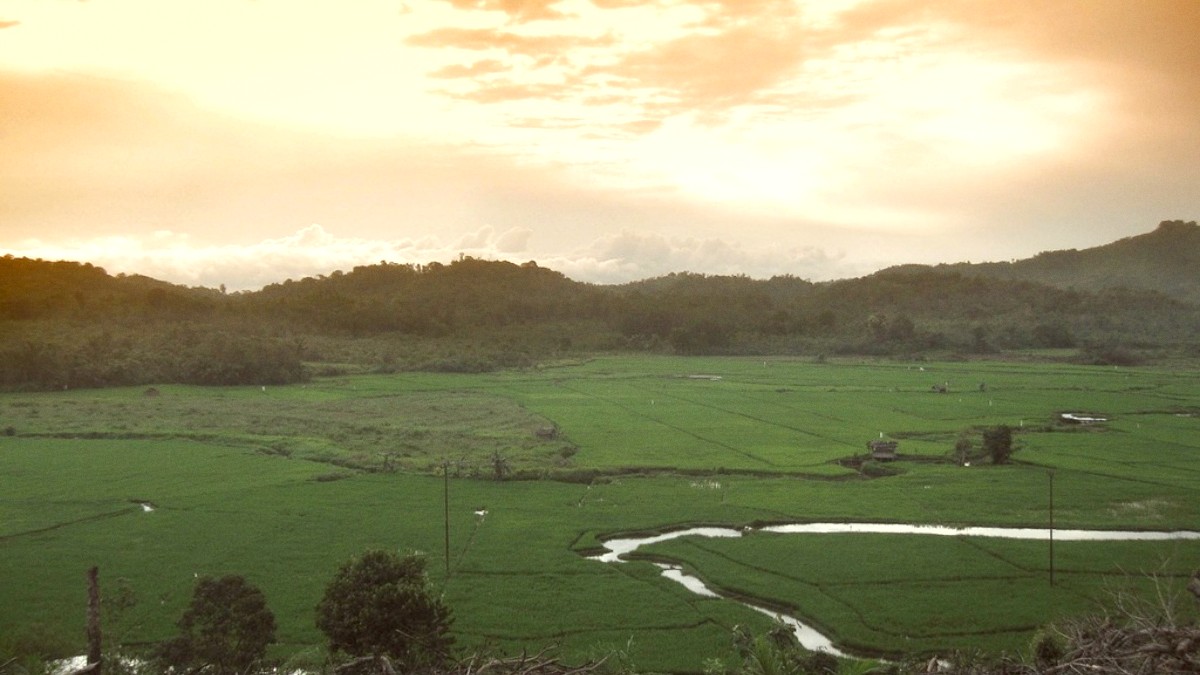
Borneo offers these moments and more. It is a destination where adventure and nature connect. Plan a trip to Borneo for a journey into one of the world's most biodiverse regions, a place that promises adventure, discovery, and memorable moments.
Borneo is the third-largest island in the world. It sits in Southeast Asia, surrounded by significant waterways that shape its climate and ecosystems. The South China Sea lies to its northwest, the Sulu Sea to the northeast, the Celebes Sea to the east, and the Java Sea and Karimata Strait to the south.
This island is distinct, as three different nations share its landmass. Indonesia governs the southern two-thirds, known as Kalimantan. North of Kalimantan, Malaysia controls Sabah, Sarawak, and Labuan. Nestled within Sarawak, on the northwest coast, lies Brunei Darussalam.
Borneo's history stretches back thousands of years, with early human habitation from the Paleolithic era. Indianized states, like Kutai Martadipura, marked some of Borneo's earliest known political entities, bringing early Hindu-Buddhist influences. Later, powerful Islamic sultanates emerged, with Brunei becoming a dominant maritime power from the 15th to 17th centuries, extending its influence across much of northern Borneo and parts of the Philippines.
European powers began arriving in the 16th century, drawn by Borneo’s rich natural resources. The Portuguese, Dutch, and British each sought to establish control, leading to a period of colonial rule. The Dutch controlled Kalimantan. The British established protectorates and crown colonies in the northern parts. Sarawak came under the unique rule of the Brooke Dynasty. Sabah was administered by the British North Borneo Company. Brunei, a British protectorate, maintained its sovereignty.
Evidence of early human habitation.
Early political entities like Kutai Martadipura Kingdom.
Brunei and Kutai Kartanegara as dominant powers.
16th century, drawn by spices, timber, minerals.
Indonesia (1945), Malaysia (1963), Brunei (1984).
The post-World War II era brought political changes. Indonesia gained independence in 1945, with its control over Kalimantan fully recognized in 1949. Malaysian Borneo, comprising Sabah and Sarawak, joined the Federation of Malaysia in 1963. Brunei achieved full independence in 1984.
Malaysia controls the states of Sabah and Sarawak, along with the federal territory of Labuan, stretching along the northern coast. Kota Kinabalu and Kuching are the largest cities and main gateways for tourists.
Indonesia governs the southern two-thirds of the island, known as Kalimantan, which includes several provinces. Nestled within Sarawak, on the northwest coast, lies Brunei Darussalam, a small but sovereign nation with Bandar Seri Begawan as its capital.
This complex history has resulted in the distinct political and cultural landscapes across the island today.
This snapshot details the island's characteristics.
Borneo is one of the most biodiverse regions on Earth. It hosts unique flora and fauna, many found nowhere else. Tropical rainforest covers a significant portion, a habitat for iconic species like orangutans, pygmy elephants, clouded leopards, and proboscis monkeys. The island is also home to the giant Rafflesia flower.
Borneo spans approximately 743,330 square kilometers. Around 21 million people inhabit the island (2020-2023 estimates).
Indonesia: Pontianak, Balikpapan. Malaysia: Kota Kinabalu, Kuching. Brunei: Bandar Seri Begawan.
Malay and Indonesian are official. Currencies: MYR, IDR, BND (SGD also accepted).
The economy of Borneo relies on several industries. Palm oil production is a major sector, alongside timber harvesting.